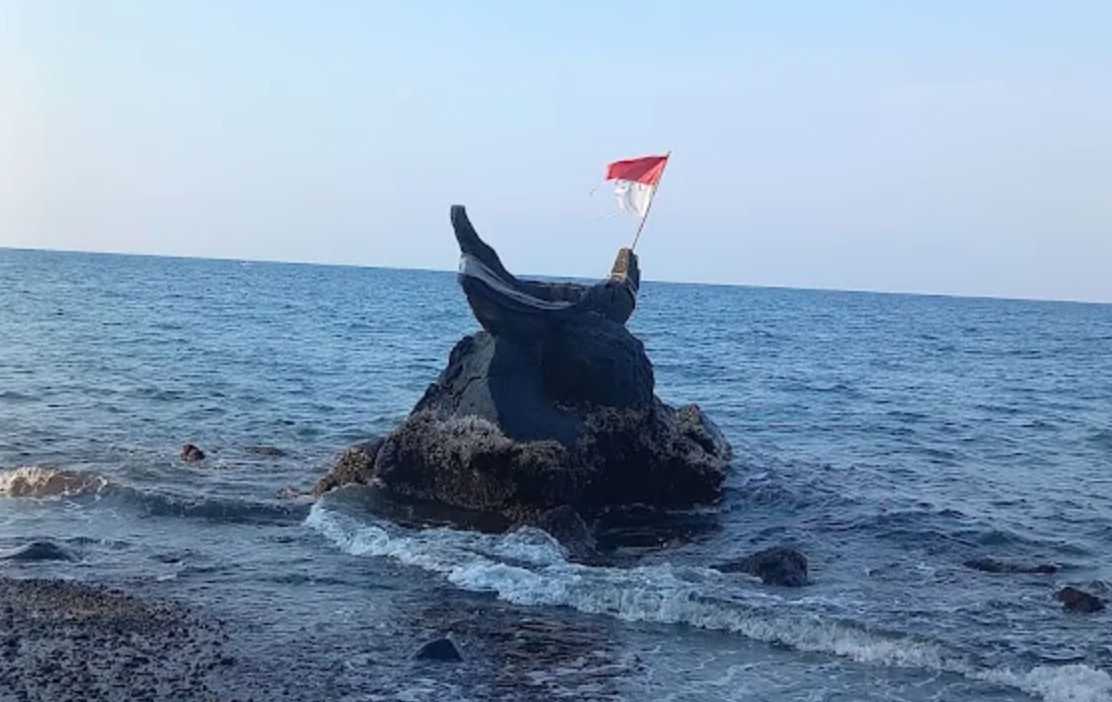Bali, Indonesia, is home to many ancient temples, but few are as mysterious and captivating as Pura Goa Lawah, also known as the Bat Cave Temple. Located in the picturesque village of Pesinggahan in East Bali, this sacred temple is not only a spiritual center but also a unique natural wonder, attracting both pilgrims and tourists alike.
The Historical Significance of Pura Goa Lawah
Pura Goa Lawah’s history dates back to the 11th century, making it one of the oldest temples on the island. Founded by Mpu Kuturan, a revered Hindu priest from Java, it holds a pivotal place in Balinese Hinduism. The temple is part of the Sad Kahyangan Jagad, a group of six major temples across Bali believed to maintain harmony between the natural world and the spiritual realm.
In ancient texts, including the Usana Bali, Pura Goa Lawah is described as a sacred site dedicated to the deities Maheswara and Sanghyang Basukih. It serves as a spiritual anchor, linking the energies of the sea and the mountains, a concept central to Balinese Hindu beliefs. The temple’s history is rich with both cultural and spiritual significance, drawing devotees seeking blessings from the gods.
Architectural Beauty and Sacred Spaces
Pura Goa Lawah’s design reflects the traditional Balinese temple architecture, with an intricate balance between nature and spiritual spaces. The temple complex is divided into three main sections:
- Jaba Pisan (Nistaning Mandala): The outermost area, typically used for preparation and public activities.
- Jaba Tengah (Madya Mandala): The middle section, which is more sacred, where religious ceremonies and prayers are conducted.
- Jero (Utamaning Mandala): The innermost and most sacred area, home to the famous bat cave that lies at the heart of the temple.
Within the cave, visitors can find various shrines dedicated to the deities. One of the most notable is the Padmasana, a shrine built in the 14th century by Danghyang Nirartha, a significant religious figure in Balinese Hinduism. The temple’s design, adorned with symbolic carvings and statues, reinforces its status as a place where the spiritual and natural worlds intersect.
The Enigmatic Bat Cave
The most striking feature of Pura Goa Lawah is undoubtedly the bat cave, which gives the temple its name. This natural cave is home to thousands of bats, creating an eerie yet fascinating atmosphere. Locals believe that the bats are guardians of the temple’s sacredness, adding a layer of mysticism to the site.
Beyond their spiritual significance, the bats play a vital ecological role in Bali’s environment. They help maintain the balance of nature by controlling insect populations and contributing to the biodiversity of the region. Visitors are often amazed by the sight of these nocturnal creatures emerging from the cave at dusk, a spectacle that has become one of the temple’s most iconic features.
Religious Ceremonies and Cultural Traditions
Pura Goa Lawah is an important site for various religious ceremonies in Bali. One of the most significant events is the Ngaben (cremation) ceremony, where Hindus gather to conduct rituals for the departed. The temple also plays a central role in the Piodalan, a major religious festival held every six months. During this time, devotees gather to honor the gods and seek blessings for prosperity and protection.
The temple’s role in Balinese culture goes beyond its spiritual function; it is a symbol of the island’s deep-rooted traditions and beliefs. The serene atmosphere and the presence of the bats offer a unique backdrop for reflection and devotion, making Pura Goa Lawah a must-visit destination for those seeking a deeper understanding of Bali’s rich heritage.
Location and Accessibility
Pura Goa Lawah is located approximately 50 kilometers from Denpasar, along the main road heading towards Amlapura. The temple is easily accessible by car or motorcycle, making it a popular stop for travelers exploring the eastern part of Bali. Situated near the Goa Lawah Beach, visitors can also enjoy the sight of the black-sand beach and the gentle waves, perfect for a relaxing stop after visiting the temple.
Visiting Pura Goa Lawah: What You Need to Know
- Dress Code: Visitors are required to wear a traditional Balinese sarong and sash when entering the temple grounds as a sign of respect.
- Behavioral Etiquette: It’s important to refrain from smoking, littering, or disturbing worshippers during ceremonies.
- Best Time to Visit: To avoid crowds, it’s recommended to visit the temple early in the morning or late in the afternoon, when the atmosphere is more peaceful and reflective.
Conclusion: A Sacred Place with a Mystical Aura
Pura Goa Lawah is more than just a tourist attraction—it’s a living, breathing testament to the spiritual and cultural essence of Bali. The ancient temple, with its historical significance, stunning architecture, and the presence of the mysterious bat cave, offers a unique experience for those interested in exploring the island’s sacred sites. Whether you are seeking spiritual solace or simply curious about Bali’s rich heritage, a visit to Pura Goa Lawah promises to be an unforgettable journey into the heart of Bali’s spiritual landscape.





